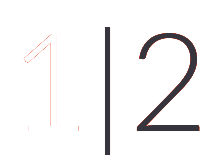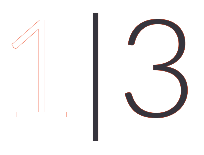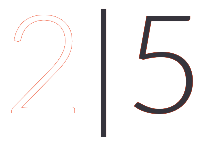SENSORY TESTS
We control the entire test process, from the design of the protocol to the analysis of the results, this allows us to adapt our offers to your requests and to offer you the most efficient test.
Difference /similitude Tests
They are used to demonstrate a sensory difference that can be perceived between samples, regardless of the nature of the difference, and if the difference concerns one or more descriptors, and if it is known or unknown. Under certain conditions, these tests can also highlight similarities between samples.
Objectives:
- Check the presence or absence of sensory differences between two prototypes (change in the recipe or in the preparation of your product, new suppliers, etc.),
- Have control over storage conditions so has not to influence the organoleptic properties of your product,
- Establish the use by and best before dates via ageing studies
- Locate your product against a target, etc.

PAIRED COMPARISON TEST
The aim is to determine which product out of two is the most …

TRIANGULAR TEST
Three samples are presented, two of which are identical, the aim is to identify which is different from the other two.

TWO OUT OF FIVE TEST
Five samples of two products are presented (three of one and two of the other), the aim is to put identical products together. This test does not leave much to chance.
Descriptive tests
The sensory profile allows, through a trained panel, to measure the sensory characteristics of several products of a same category. It is objective and is used to establish the sensory identity card of the products.
SensoStat also controls and adapts other types of more recent descriptive tests, to work with consumers to explore the products throughout their tasting, to establish a sensory map without training (for example: free sorting, TDS – Temporal Dominance of Sensations, PSP -Polarised Sensory Positioning), etc.
Objectives:
Descriptive tests are part of the R&D process for your product :
- To position it in against its competitive environment, or in comparison to your competitors,
- To control the evolution of its organoleptic properties over time,
- To maintain its sensory qualities despite modifications to your manufacturing process, recipes, suppliers, etc.,
- To establish specifications relative to its organoleptic properties,
- To know the impact of storage conditions on its organoleptic properties (taste, smell, etc.).
SELECTION OF THE PANEL
Differentiation tests can be performed by a panel of experts, trained and selected for the evaluation of a product family in order to obtain an objective response, or by a panel of consumers: all depends on the objective of the test!
PROCESSING THE RESULTS
The results of discriminating tests are statistically analysed in accordance with the standards in force.
REPORT
Results are transmitted as a full study report detailing the results obtained in the form of numerical data, graphs, tables, etc.
